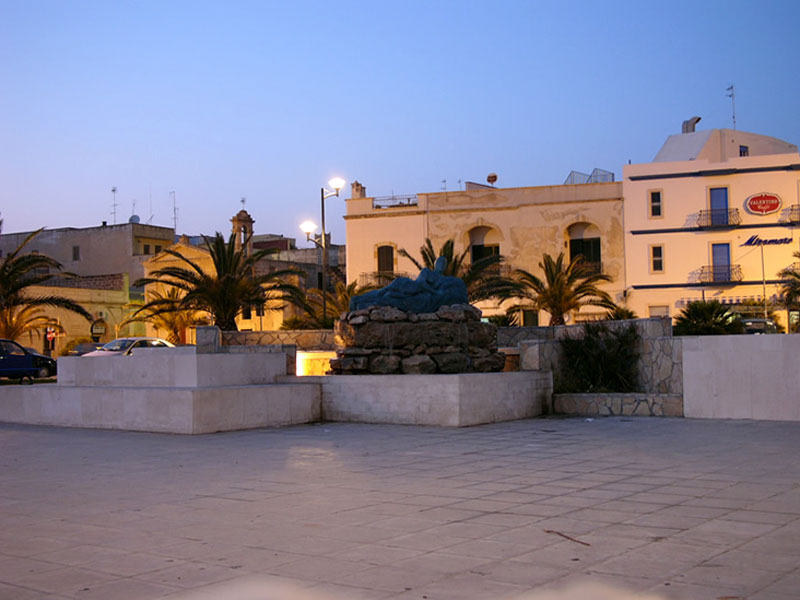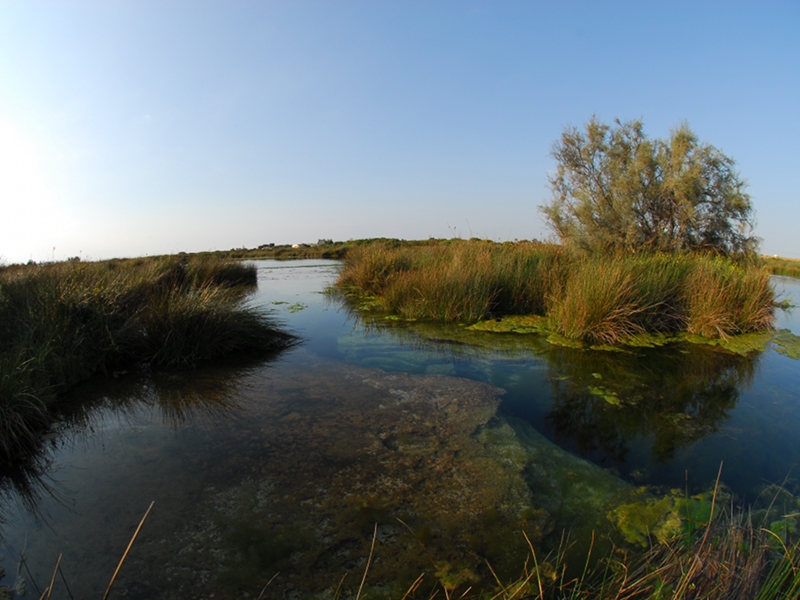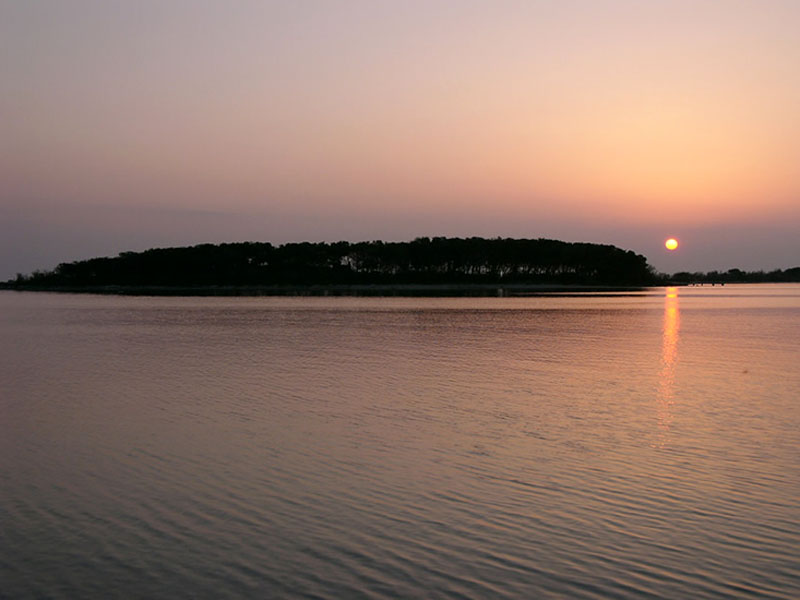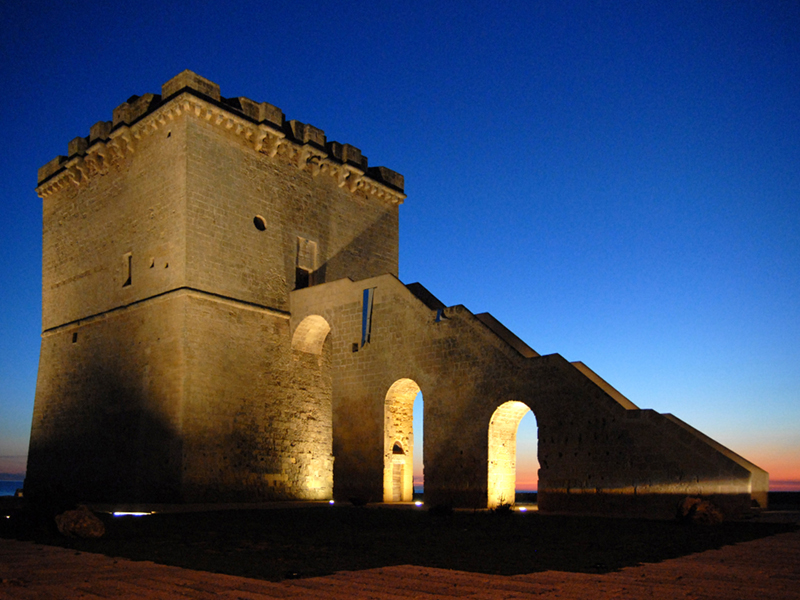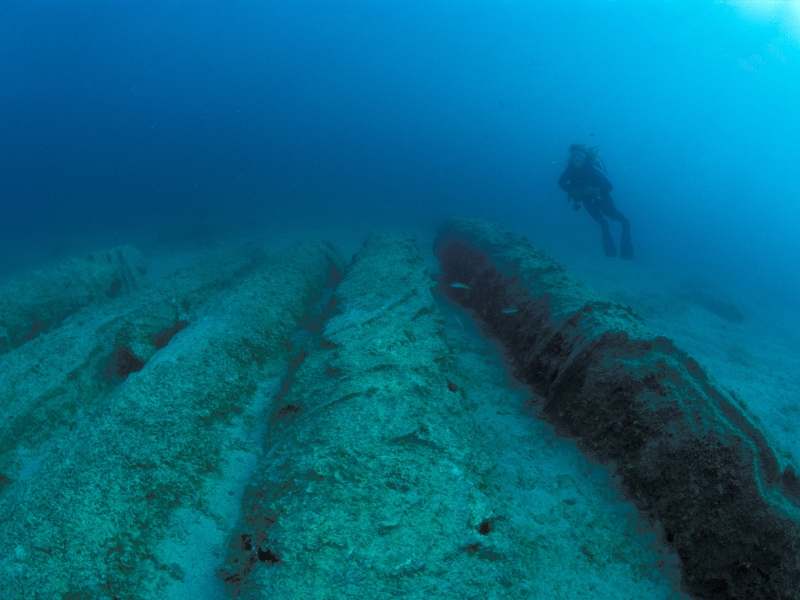Area Marina Protetta Porto Cesareo
www.ampportocesareo.itPoints of Interest
Porto Cesareo
Some History
Porto Cesareo or Cesarea romana rises in front of the ancient
Sasina, although in the territory there are evidences of human
settlements dating back to the 18th and 17th centuries BC in loc.
Scala di Furno.
This is attested by the presence in the area of the rests of a village which was probably used as emporium by sailors coming from Greece: here, besides an area dedicated to the
goddess Thana, small votive statues and pieces of pottery have been
found.
Nardò
It is a very ancient town, probably the Roman Neretum, mentioned by Ptolemy and Pliny.
After the fall of the Western Roman Empire, it remained for centuries a Byzantine center. The most glorious period of the history of Nardò was the 16th century, when the town became a duchy under the powerful Acquaviva family and thus one of the most famous cultural centers in the Land of Otranto.
Nardò is today a flourishing agricultural center producing and exporting wine, oil, tobacco, and corn, as well as the seat of industries for the transformation of these products.
Sheep breeding and fishing are among the other activities practiced in the area. Of particular interest is the ancient cathedral which, founded in 1090 on the remains of an older Basilian church, was partly rebuilt in the 13th century and restored during the last century. Together with the Baroque churches of Immacolata, S. Teresa, S. Domenico, the town hall palace (the ancient Acquaviva castle, begun in the 15th century and finished in the 16th century), as well as the several Baroque houses and palaces, it gives to the town a particular and important architectural print.
Palude del Capitano
At about 2 km south of Torre Sant'Isidoro, visible from the road and towards the coast, there is a stretch of water called "Palude del Capitano", with a maximum width of 125 meters.
The water fills to the edge a subterranean cavity whose vault has collapsed: a typical example of the karstic phenomena characterizing Salento.
The clear stretch of brackish water is fed by the fresh water resurgences and by the sea water infiltrations which, through a thick network of canals, connect the marsh to the sea.
In the marsh it is possible to find grey mullets and eels which, thanks to the canal network, can reach the sea. The widgeongrass (Ruppia maritima), a thread-like plant living submerged in water, covers most of the marsh seabed. The presence in the marsh of one of the rarest plants of the Italian flora is of extraordinary scientific value: it is the Thorny Burnett (Sarcopoterium spinosum) which, in Italy, lives only here and in a few other locations (Calabria, Sicily, and Sardinia). It is a not very showy plant of the Rose family that can be easily recognized for its characteristic very thorny branches, a feature representing its adaptation to the dry and brackish environment of the rocky coast.
Isola Grande
The stretch of sea between Porto Cesareo and Torre Chianca is scattered with aits and outcropping cliffs. The largest one is Isola Grande, at less than 1 km from the coast where the town of Porto Cesareo rises. The island, parallel to the coast, is about 1 km long and no more than about 400 meters wide, with a maximum height of 4 meters above sea level.
You can even walk along the stretch of sea separating the island from Porto Cesareo, since the maximum depth of the canal is only 1.3m.
The irregular shape of the island creates three inlets, two facing the inland and one facing the open sea; on the seabed of one of these bays, in 1973, some divers found a golden ring with letters of the Phoenician alphabet on it, the evidence that this stretch of sea has been a destination or a passageway for sailors of all epochs.
The Coastal Towers
The watchtowers, scattered along the coasts of Southern Italy, are the evidences left by the privateer war and the assaults by the Saracens and the Turkish along the Mediterranean coasts; such phenomenon originated in ancient times and considerably developed in the period going from the half of the 16th century to the beginning of the 19th century.
The raids led to strengthen the defensive system entrusted to watchtowers, stone sentinels standing out against the sea with the task to warn the population when invaders approached the coast.
The towers were built in strategic and military positions (that is, in series), so that each tower could control the adjacent ones. The result was a non-stop line of defensive works whose towers communicated among them through visual signs - puffs of smoke by day, fire by night - and/or acoustically with bells.
The Fortified Estates
The inland of Nardò and Porto Cesareo, but in general all the territory
of Apulia, is characterized by the presence of a wonderful
architectural heritage consisting of several "masserie", typical
buildings of the big land property.
3 km from the south-eastern
coast of Porto Cesareo you will see one of the most spectacular works
of art of the rural fortified architecture of Salento: Masseria
"Giudice Giorgio", characterized by a complex defensive system and a
rich decorative array. Also the complex of Masseria "Donna Menga" is
articulated and interesting: you can reach it by taking a road crossing
several estates and meeting then the Veglie-Porto Cesareo road.
The Roman Columns
In August 1960, on the seabed in front of Torre Chianca, at a depth of five meters, seven marble columns with a diameter going from 70 and 100 centimeters and a length of about 9 meters were found. Today, only five of the seven columns (they are partly sunk into the sand, in a perfectly parallel position) and a huge and squared marble block are visible; they are well preserved and only one column has a long transversal fracture.
According to this fracture, the columns may date back to the 2nd century AD and their presence in the sea of Porto Cesareo has been ascribed to the wreck of a ship transporting lapidary stones.




